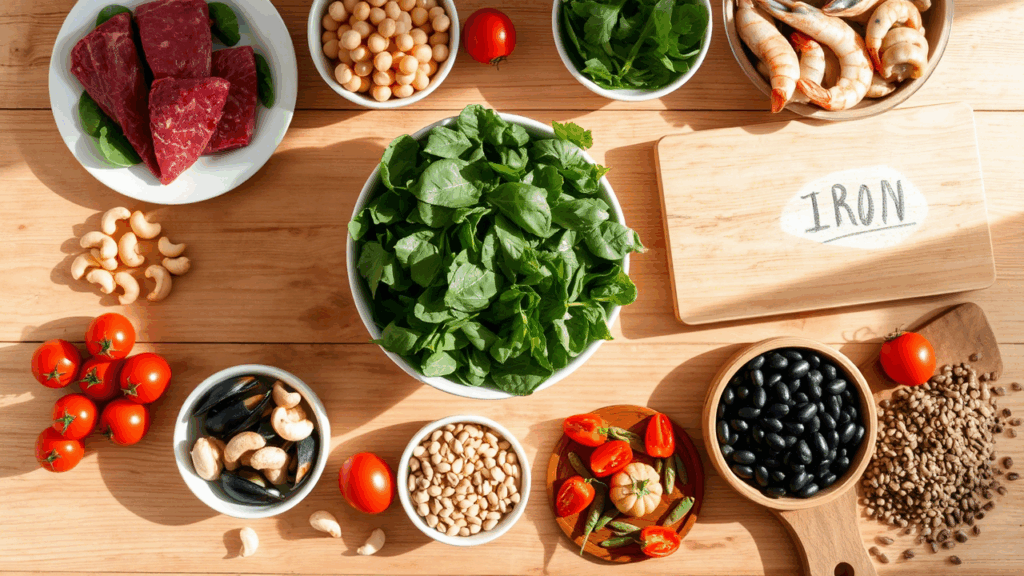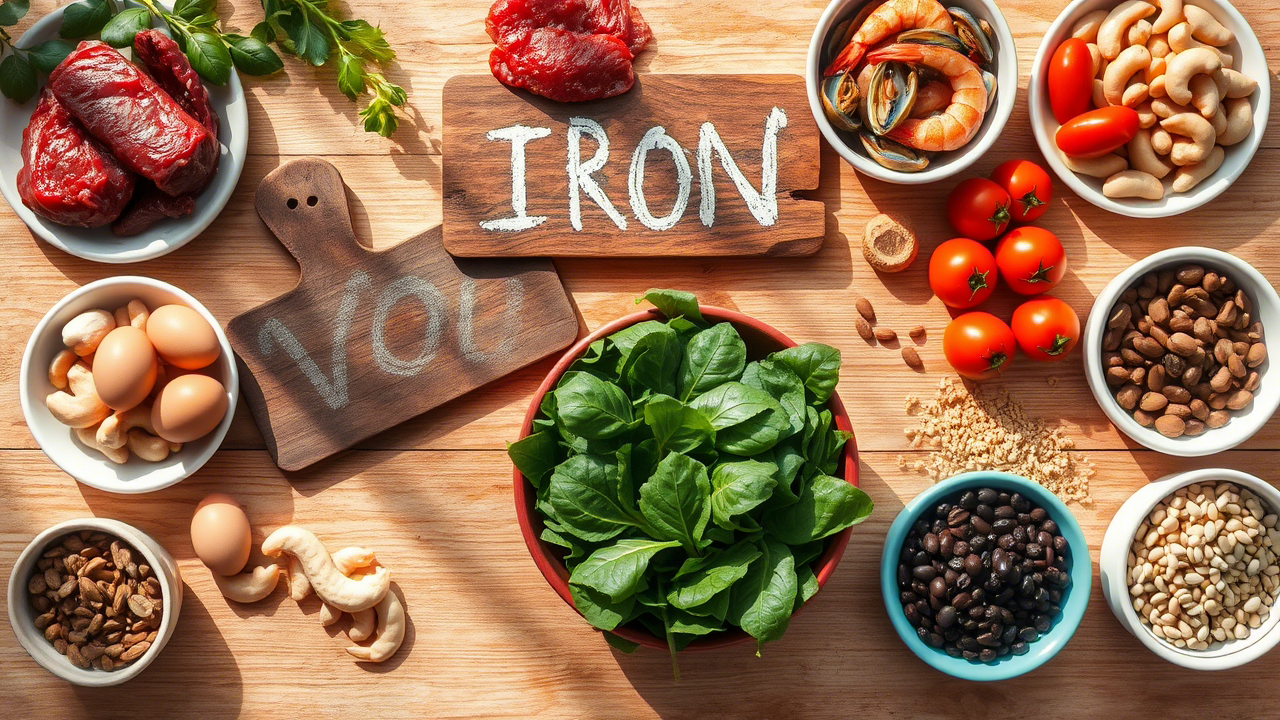Why Does Food Matter in HHT?
Living with Hereditary Hemorrhagic Telangiectasia (HHT) means managing fragile blood vessels that can bleed without much warning. These abnormal vessels—telangiectasias and arteriovenous malformations—are the hallmark of this rare disorder. While food isn’t a cure, it does play a surprising role. What you eat may either support your body’s healing process or quietly contribute to those disruptive nosebleeds and anemia. So the question stands: what are the real HHT foods to avoid?
Can Food Trigger Bleeding?
Yes, it can. That’s not scare talk—it’s grounded in how certain foods interact with your blood. Some ingredients and natural compounds have blood-thinning effects, while others might interfere with iron absorption. For someone without HHT, these foods may not cause any harm. But for those managing this condition, they could increase the risk of nosebleeds or make it harder to recover from blood loss.
The Real Offenders: HHT Foods to Avoid
Let’s break down the usual suspects in the most human, straightforward way—no fluff, just facts that matter.
1. Alcohol (Especially Red Wine)
If you’re reaching for a glass of red wine to unwind, think twice. Alcohol is known to thin the blood, and red wine in particular contains salicylates, which can make delicate blood vessels even more prone to rupture.
2. Spices and Herbs with Salicylates
Spices bring flavor, but for people with HHT, some spices bring risks. Ingredients like cayenne, cinnamon, turmeric, ginger, and thyme all contain salicylates. These are the same compounds found in aspirin, a known blood thinner. So while seasoning your food is fine, overdoing these specific ones might not be.

3. Certain Fruits
Nature’s sweets, like strawberries, blueberries, and citrus fruits, have been reported as bleeding triggers for some HHT patients. They’re healthy, no doubt—but not necessarily helpful if you’re trying to minimize bleeding episodes.
4. Dark Chocolate
Here’s a heartbreak: dark chocolate, despite its antioxidant benefits, is often flagged as a nosebleed trigger. Again, it’s the salicylate content doing the mischief.
5. Oily Fish (Like Salmon or Mackerel)
Omega-3 fatty acids are great for heart health, but they also thin the blood. So oily fish, although eco-friendly and nutritious, may not be your best friend if you’re prone to spontaneous bleeds.
6. Coffee
Your morning brew might pack more than caffeine. Coffee is high in salicylates, too. That doesn’t mean it must be eliminated, but if you’re logging more nosebleeds after your cup of joe, it’s worth reconsidering.
7. Garlic and Onions
Both are celebrated for their health benefits, but they also contain compounds that prevent platelets from clotting efficiently. In the world of HHT, that means one more thing nudging your body toward bleeding.
8. Ginseng and Herbal Supplements
Many herbal supplements claim to boost immunity or energy. Ginseng, however, has blood-thinning properties that don’t mix well with HHT. Always check with a medical professional before starting any new supplement.
9. High-Sodium Processed Foods
Excess salt can increase blood pressure, and over time, this may worsen the risk of nosebleeds. Avoiding salty snacks and ready meals isn’t just heart-smart—it’s HHT-smart too.
How Do You Know Which Foods Affect You?
One person’s trigger might be another’s safe snack. This is where the humble food diary becomes a powerful tool. Track what you eat and note the timing of any bleeding episodes. Over time, patterns often emerge, helping you create a more tailored list of HHT foods to avoid.
What Should You Focus On Instead?
Avoiding trigger foods is just one side of the plate. Supporting your body with iron-rich nutrition is just as critical, especially to fight off iron deficiency anemia, a common companion of HHT.
Boosting Iron the Right Way
- Heme Iron (easily absorbed): red meat, poultry, liver, oysters
- Non-Heme Iron: lentils, spinach, nuts, fortified cereals
- Vitamin C Boost: combine plant-based iron with bell peppers, oranges, or broccoli to improve absorption
An eco-friendly and balanced diet doesn’t just respect the planet—it helps your body bounce back stronger.

Is a Special Diet Enough?
Diet alone won’t replace medical treatment, but it complements it. A well-managed food plan may:
- Decrease the frequency of nosebleeds
- Improve iron levels naturally
- Lessen the need for supplements or transfusions
- Make you feel more in control of your health
Final Thoughts: Should You Rethink Your Plate?
Also Read:https://globaltrek.co.uk/maks-sushi/
Absolutely. Even though Hereditary Hemorrhagic Telangiectasia is genetic, the way you live with it can change your day-to-day experience. Keeping your meals smart, eco-friendly, and iron-rich—while steering clear of specific triggers—might just be the simplest strategy you haven’t fully explored yet.
No, food won’t fix your blood vessels. But it can help reduce symptoms, boost energy, and let you live with fewer interruptions. So yes, take a second look at your grocery list and make it work for you. After all, understanding the HHT foods to avoid is not about restriction—it’s about smart, informed choices.
Bottom Line: Understand it. Manage it. Don’t fear it. Let your diet work with you, not against you.



